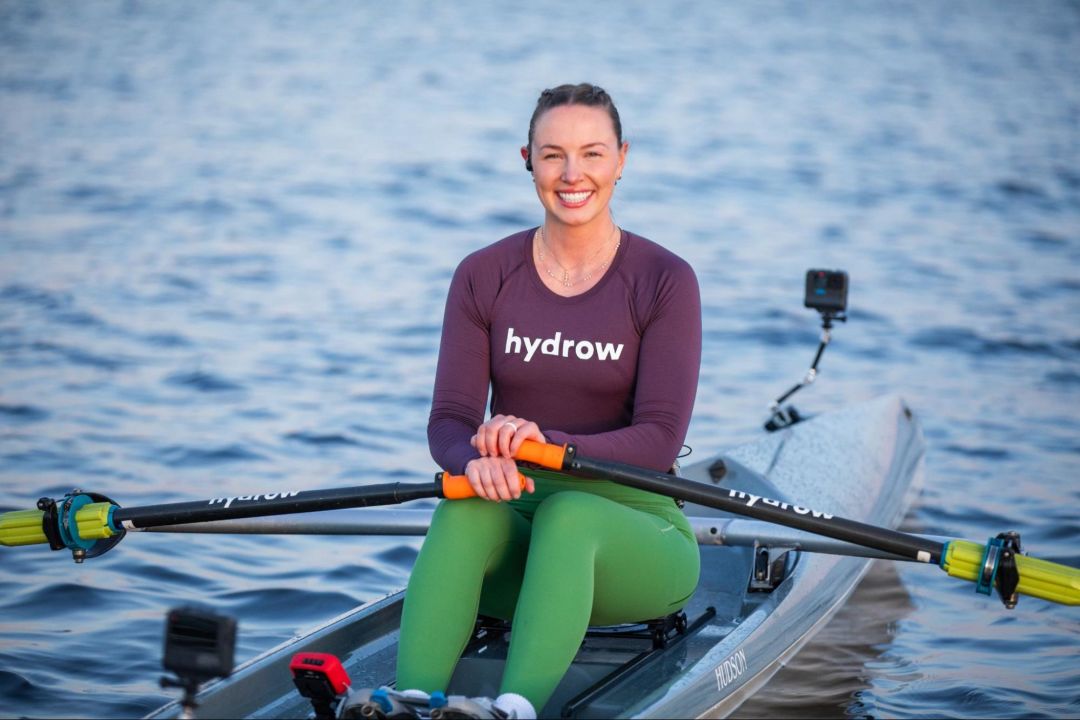Physical Activity vs. Exercise: What's the Difference?

When it comes to living a healthy lifestyle, “physical activity” and “exercise” are probably familiar terms. While they are sometimes used interchangeably in conversation, there are key differences that set them apart. Understanding these distinctions is essential for anyone looking to improve their health and well-being. In order to develop a balanced fitness routine, we’ll help you differentiate between these two so that you can productively incorporate both into your life.
In this blog, we’ll cover:
Let’s get started!
What is physical activity?
Physical activity refers to any movement produced by the muscles that burns energy. It encompasses a broad range of activities that happen to be part of our daily life, including walking, gardening, playing with pets, or doing household chores. Whether it’s taking the stairs at work or tossing a ball with friends, physical activity doesn’t necessarily follow a structured plan. Its benefits include improved cardiovascular health, better mood, and enhanced mobility.
Physical activity is a natural part of life that often doesn’t require additional equipment or preparation. It can happen spontaneously and fits into everyday routines, contributing to overall health without a strict focus on fitness goals.
What is exercise?
Exercise, on the other hand, is a type of physical activity that is intentional, planned, and structured. The primary goal of exercise is to improve aspects of your physical fitness like endurance, strength, or flexibility. For example, rowing for 30 minutes is a form of exercise because it involves planned movements with the goal of improving cardiovascular health and muscle strength.
Exercise usually follows a routine, whether it’s a set schedule of strength training, aerobic sessions, or flexibility-focused workouts like yoga. The outcomes of exercise are typically more measurable compared to general physical activity, such as increased endurance, muscle gain, or weight loss.
Note: With your intention serving as a major divide between physical activity and exercise, it’s important to understand that technically, exercise could combine with a task if it’s done with purpose. What one considers physical activity can be exercise for another! For example, if you’re walking with your dog at a leisurely pace that doesn’t elevate your heart rate, that’s considered physical activity, while walking faster intentionally will help you reap the cardiovascular benefits of that activity.
Physical activity vs. exercise: What are the differences?
While physical activity and exercise are both valuable for your health, they differ in key aspects:
Intention and purpose
Structure
Intensity and effort
Goals and outcomes
Planning and consistency
Examples
Let’s check them out:
1. Intention and purpose
Physical activity tends to be more incidental, happening as part of day-to-day tasks. Its purpose is often not exercise-focused but rather tied to completing an activity or enjoying leisure.
Exercise, conversely, is done with the specific intention of enhancing physical fitness, involving conscious effort and fitness-oriented goals.
2. Structure
Physical activity lacks the structured format that defines exercise. For instance, a day filled with activities like walking to the store, cleaning the house, and playing with a child involves various forms of movement, but none of these are structured workouts.
Exercise is methodically planned and performed with repetition, duration, and intensity in mind. For example, a 20-minute yoga workout is designed to target endurance and flexibility.
3. Intensity and effort
Physical activity often ranges from low to moderate intensity. Activities such as gardening or strolling through a park offer valuable movement but may not significantly elevate your heart rate or demand high levels of exertion.
Exercise is typically more intense and targeted; even moderate exercise, like 15 minutes of beginner core Pilates, is designed to raise your heart rate and work your muscles purposefully.

Did You Know?
Over 90% of Hydrow members are still active one year later.
4. Goals and outcomes
The goal of physical activity is typically broader, such as maintaining overall health, staying active throughout the day, or simply increasing daily movement levels. Exercise, on the other hand, aligns with more specific goals and outcomes, such as improving cardiovascular health, building muscle strength, increasing endurance, or losing weight. Exercise also tends to have measurable targets, such as running a specific distance or lifting a certain weight.
5. Planning and consistency
Physical activity can happen spontaneously, which makes it easier to incorporate into busy schedules without much thought. Simply taking the stairs instead of the escalator or taking a walk on your lunch break are excellent sources of physical activity that can be selected when time allows for it.
In contrast, exercise requires planning and consistency. For instance, setting aside time for a workout a few days a week requires scheduling but helps build consistent fitness habits.
6. Examples
Examples of physical activity are taking a leisurely walk with your dog through your neighborhood, biking to work, doing yard work, or dancing at a social event. Examples of exercise include circuit training, strength training, yoga classes, or training for a 5K.
How to balance physical activity and exercise
Both physical activity and exercise are essential components of a healthy lifestyle. To achieve a balanced approach, aim to incorporate both into your daily routine. Add spontaneous activities like playing with your dog alongside planned exercise sessions. While spontaneous activities are great for keeping your body moving, progress is made when you plan routine exercise time throughout your week to work toward a fitness goal.
Moreover, it’s a good idea to listen to your body. Both physical activity and exercise have their place. Some days, gentle movement may be best, while others might call for a high-intensity session.
You’re ready to roll!
Understanding the difference between physical activity and exercise helps you make informed decisions about your health. Both play distinct but complementary roles in promoting overall well-being. Physical activity keeps you moving and contributes to general health, while exercise helps you achieve specific fitness outcomes through structured, intentional movement.
If you’re looking for a way to incorporate more structured exercise into your routine, consider trying Hydrow’s rowing machines and our extensive library of workouts. Hydrow is an indoor rower, offering engaging, challenging, and efficient cardio and strength training classes. Many of these engaging workouts are just 30 minutes or less and will have you crushing calories from start to finish! Remember that with just one row, you engage 86% of your muscles, making rowing one of the best complete-body workouts available.
Take control of your health and fitness and learn more about the benefits of a Hydrow rowing machine today!

Explore Hydrow
Learn more about how you can transform your fitness routine with a rowing machine.





